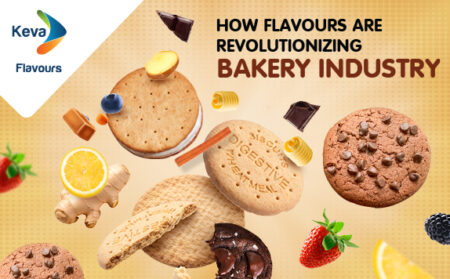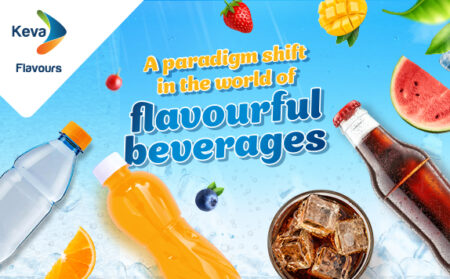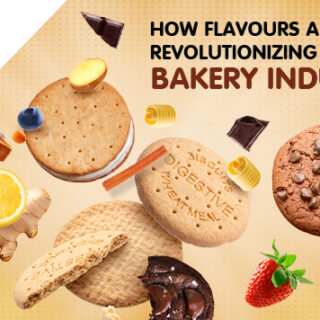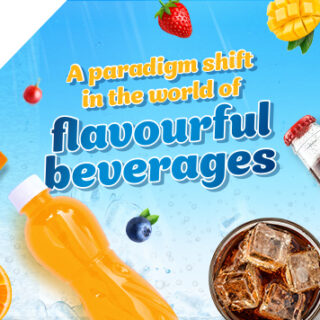
Flavor release and perception in mouth
Eating is the phase at which food flavour is discharged, detected and judged by the consumer. The connections between flavour component and sensory perception are not properly cleared.
When we consume food, flavour perception is controlled by nature and measure of volatiles present in food, the availability of these volatile compounds to the sensory system i.e. residence time in the mouth, the breakdown of the food matrix through mastication and resulting transfer of the released compound after mastication (chewing) and mechanism of perception of flavor.
The physical properties of food are modified during oral processing which affects the sense of flavour and texture. The flavour compounds are released from food and they are delivered towards the receptors which are located in the mouth and nose. This is recognized as one of the key factor determining the perceived flavour quality of foods.
There are different stages of the mouth from ingestion of food and bite, mastication process, to swallowing. Mastication governs how aroma compounds are discharged from the food matrix when humans chew or place food in the mouth; volatiles interacts with the nasal epithelium. Swallowing and nasal airflow determine the concentration of odour compounds that come in contact with olfactory receptors (responsible for the detection of odorants) in the nasal cavity. Different flavour compounds have different kinetics of release. Specifically, more hydrophobic compounds usually peak after swallowing, while hydrophilic compounds are released in the highest amounts earlier in the masticatory process.
The major factor which is responsible for flavour perception in the mouth is the breakdown of food in mouth, the texture of food, the effect of saliva, mastication and swallowing of food, etc. When food enters the mouth, the food is chewed by teeth and it forms a ball like a mixture of food and saliva. Saliva may affect the aroma release by the food. Saliva is a fluid in which taste and aroma components are released in the oral cavity and they are mixed with food when the bolus (ball like a mixture of food) forms which are important in the oral processing of food. Enzymes are also important in flavour perception and digestion. The enzymes break down large molecules present in food into smaller molecules to alter their perception by the flavour system.
The different types of senses of touch that food and liquid produce in the mouth go to the cortex in the brain. The cortex has multiple extensive representations of the touch receptors present in the mouth and tongue, which helps in clarifying the way our food feels inside our mouth and contributes significantly to taste perception.
When we talk about the flavour release and perception in the mouth, from teeth which bite the food to the saliva and the receptors, all are important. In addition, flavour perception evaluation relies upon methodologies of scaling of the flavour of every person. The raw material used, environments and region also affect the choice of food preferences so thus the flavour.
ArrayKeva has an extensive flavour shop for various food and beverage applications, besides a team of expert flavourists and food technologists for creating custom flavours and matches. To partner with us, contact Keva today.
Blog Archive
-
2024
-
September (2)
- A Paradigm Shift in the World of Flavourful Beverages
August (1)
July (3)
June (2)
May (2)
April (1)
March (1)
January (1)
2023
2021
-
September (1)
August (1)
2020
-
October (1)
September (1)
August (1)
March (2)
February (2)
January (3)
2019
-
November (2)
- Process Flavours
October (1)
July (1)
May (1)
March (2)
February (2)
January (1)
2018
September (1)
July (1)
May (1)
April (2)
March (2)
February (2)
January (2)
2017
November (2)
October (2)
Disclaimer
The statements, views, thoughts and opinions expressed on blog or social media are those of the author and do not necessarily reflect the official policy or position of Keva Flavours or its parent organisation. The company does not take any responsibility for the views of the author.












